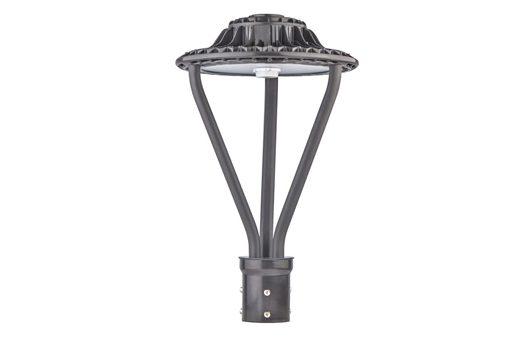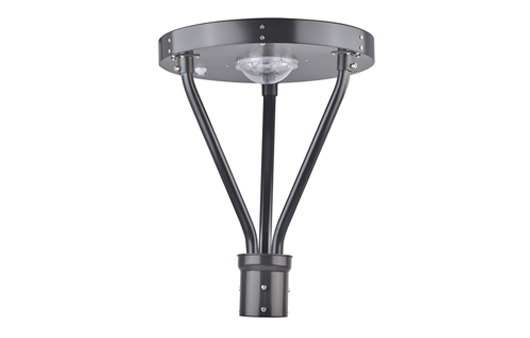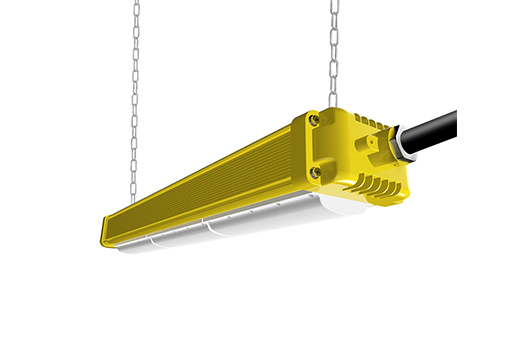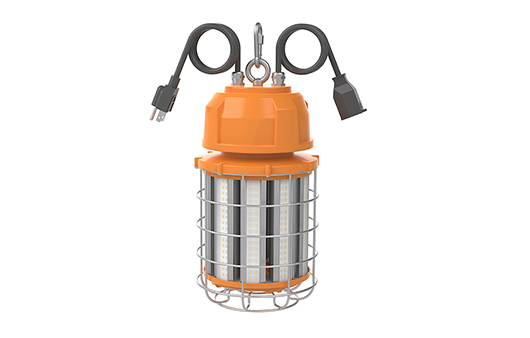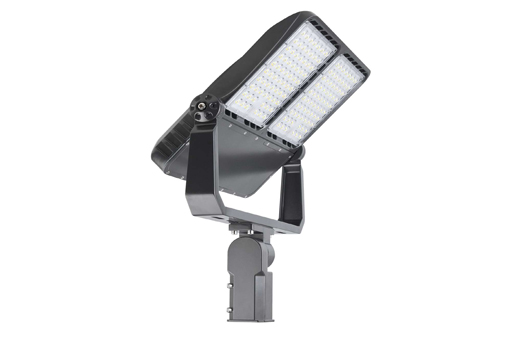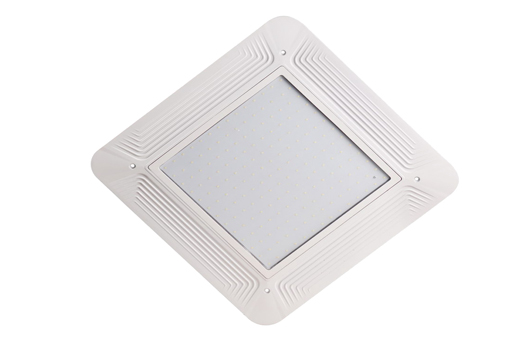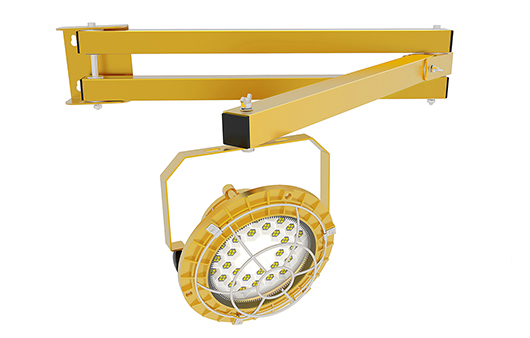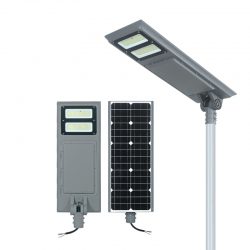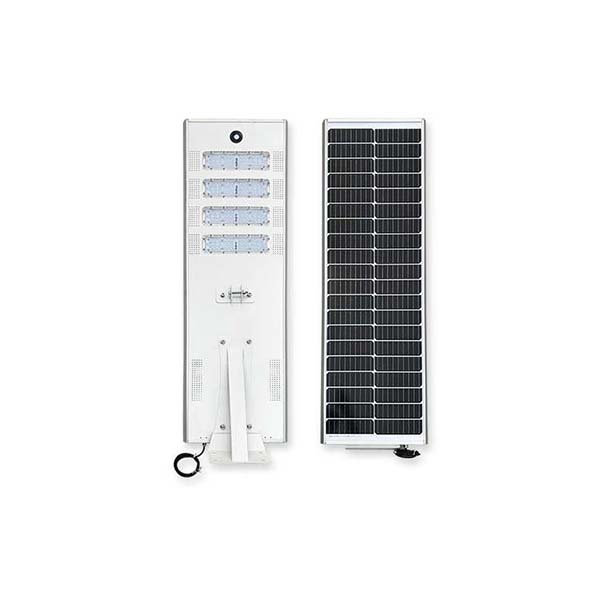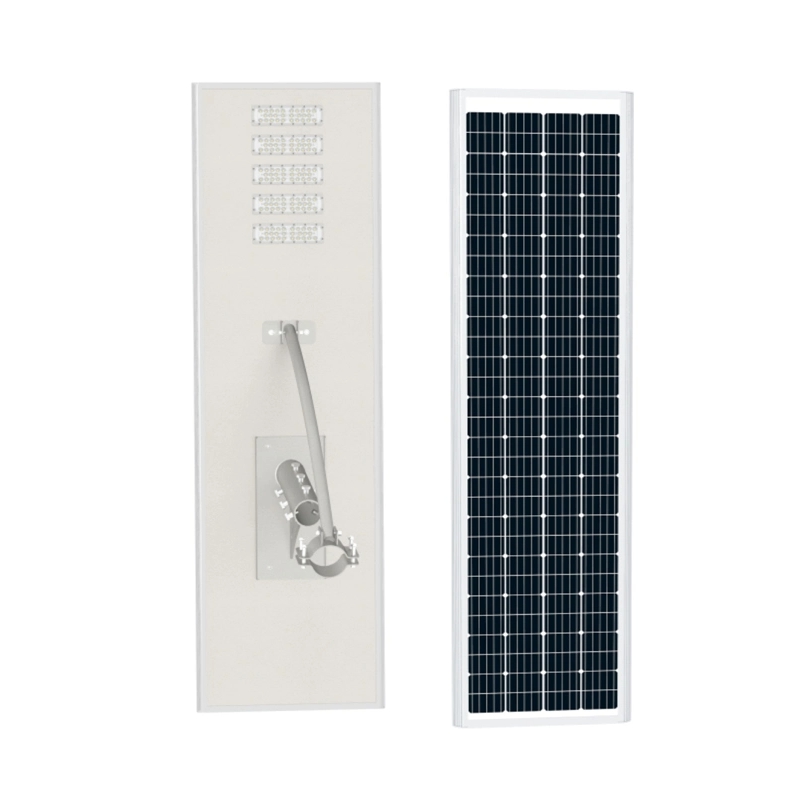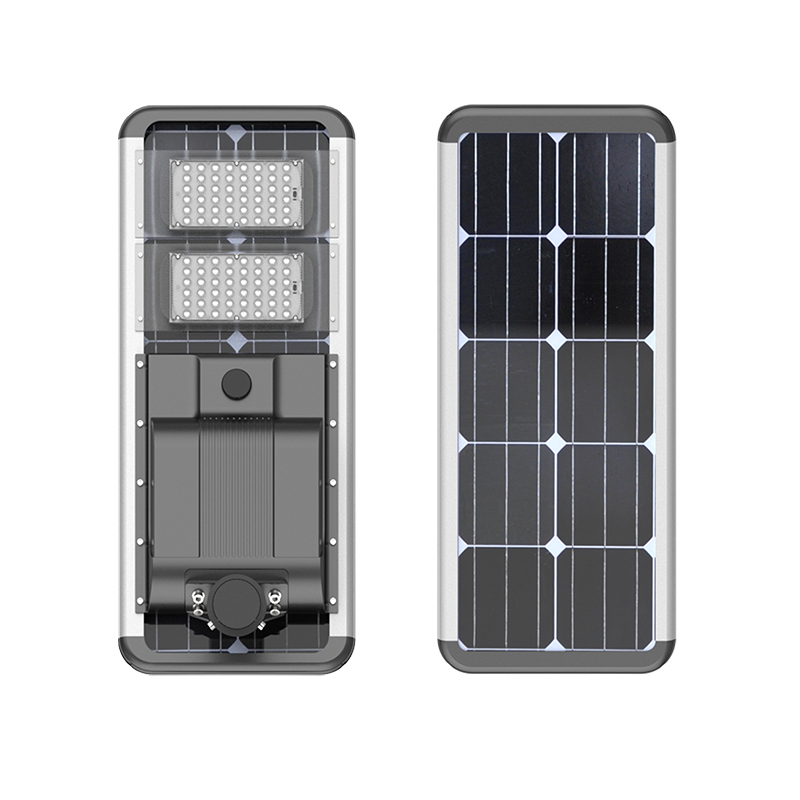Hot Commercial LED Lighting Categories
BBIER®, Professional Commercial LED Lighting Manufacturer & Company & Supplier & Factory, Supplying LED Post Top Lights, Solar Post Top Lights, LED Grow Lights, Explosion Proof Lights, LED Stadium Lights, Temporary Work Lights, UFO High Bay Lights, LED Shoebox Lights, etc. We have over 13 years of commercial lighting R&D experience, 50+ LED lights patents, 200+ LED Lights Certifications, Support OEM & ODM, 5 Years Warranty.

100 Watt Led Solar Street Lamp 16000lm CE ROHS IP65 for Highway
100W 2700K-6700K IP65
1 Pcs (Min. Order)
Solar-Eletricity Hybrid LED Street Lights 150W Ac Dc Hybrid Solar Street Lights
150W 2700K-6700K IP65
1 Pcs (Min. Order)
LED Dock Lights
Fully customizable LED Dock Lights products with dedicated services from our experts.
Flexible Arm Led Dock Lights 5W 10W Easy Bended 360°
5W 10W 2700K-6700K IP65
/ Wholesales
10 Pcs (Min. Order)
Solar LED Dock Lights 50W IP65 5500LM with 5 Year Warranty
50W 2700K-6700K IP65
/ Wholesales
10 Pcs (Min. Order)
Flexible Arm Led Dock Lights 5W 10W Easy Bended 360°
5W 10W 2700K-6700K IP65
/ Wholesales
10 Pcs (Min. Order)
LED Loading Dock Lights 50W IP65 5,500LM with Hot Sell
50W 2700K-6700K IP65
/ Wholesales
10 Pcs (Min. Order)
LED Flood Lights
Fully customizable LED Flood Lights products with dedicated services from our experts.
200W LED Flood Light IP65 LED Flood Lamps Outdoor
200W 2700K-6700K IP65
/ Wholesales
1 Pcs (Min. Order)
Temporary Work Lights/LED Balloon Lights
Fully customizable Temporary Work Lights products with dedicated services from our experts.
Temporary Led Work Lights 80W Construction String Lights
80W 2700K-6700K
/ Wholesales
2 Pcs (Min. Order)
LED Balloon Lamp 150W IP65 for Road construction
150W 2700K-6700K IP65
/ Wholesales
2 Pcs (Min. Order)
Handheld Work Light 80W Temporary Lighting For Construction Sites
80W 2700K-6700K IP65
/ Wholesales
2 Pcs (Min. Order)
Solar Post Top Lights/LED Post Top Lights
Fully customizable Solar Post Top Lights/LED Post Top Lights products with dedicated services from our experts.
Post Top Solar Lights 25W IP65 Anti-Bird 3,750 Lumens for Walking Paths
25W 2700K-6700K IP65
/ Wholesales
5 Pcs (Min. Order)
Solar Lamp Post Top 25W IP65 Bird protection 3,750 Lumens for Walking Paths
25W 2700K-6700K IP65
/ Wholesales
5 Pcs (Min. Order)
LED Pool Light Post Top 100W IP65 for Swimming Pool
100W 2700K-6700K IP65
/ Wholesales
2pcs Pcs (Min. Order)
OEM Post Top Lights 30W 50W 75W 100W 150W
30W 50W 75W 100W 150W 2700K-6700K IP67
/ Wholesales
2pcs Pcs (Min. Order)
100W Light Pole Tops for Garden Parks IP65 Post Top Lights Outdoor
100W 2700K-6700K IP65
/ Wholesales
1 Pcs (Min. Order)
About Bbier
Shenzhen Bbier Lighting Co., ltd. It was founded in 2008 LED Luminaires Manufacturing Organization (Factory), Our Factory has ISO9001: 2008 Standard and Leader in Manufaturing All Series of Innovative Energy Saving Projects LED Luminaires for United States Wholesale Distributor (Importer) and Solution Company of lighting. Mainly product LED Grow Lights, UFO High Bay Lights, LED Street Lights, LED Stadium Flood Lights for Energy saving LED Company.To solution help our customer to get the Utilities. The refund more of our lamp has the ETL approval and DLC certificate...
Read MoreBbier Partners
Why Choose Bbier
13+ Years Factory Experience
Sufficient Inventory
Fast Shipping
300+ Patents & Certifications
Quality Commitment
Our Exhibitions
Blog
How Built-In High-Bay Motion Sensor Fixtures Revolutionize Lighting for Large Spaces
When it comes to lighting large spaces, efficiency,cost-effectiveness, and ease of installation are paramount. Whether you’re managing a warehouse, factory, gym, or any other expansive area, finding the right lighting solution can drastically reduce overhead costs and enhance productivity. One of the most innovative advancements in lighting technology today is the built-in high-bay motion sensor […]
02/18/2025 BbierTransform your streets with our LED street lighting solutions
With the rapid development of LED technology, traditional lighting methods have gradually been unable to meet the needs of modern cities for high efficiency and sustainable development. More and more cities are beginning to adopt LED lighting solutions, which can not only improve lighting quality, but also achieve significant energy savings and environmental protection. We […]
02/12/2025 BbierThe Ultimate Guide to LED Balloon Lights vs. Traditional Lighthouses: Which One Is Right for You?
When it comes to choosing the perfect lighthouse for your project, the decision can be a little overwhelming. Should you choose a modern, efficient balloon light, or stick with a traditional, tried-and-true lighthouse? Both have their own advantages, but knowing the main differences can help you make an informed choice. Let’s break it down, they […]
02/06/2025 BbierWhy mobile light towers are the ultimate lighting solution
On a busy construction site, lighting becomes the key to safety and efficiency when night falls. Perhaps you have faced such a dilemma: insufficient light on the construction site, resulting in slow progress or even accidents. Or when a large-scale event is being held, how to ensure that the entire venue is illuminated without glare, […]
01/15/2025 Bbier




